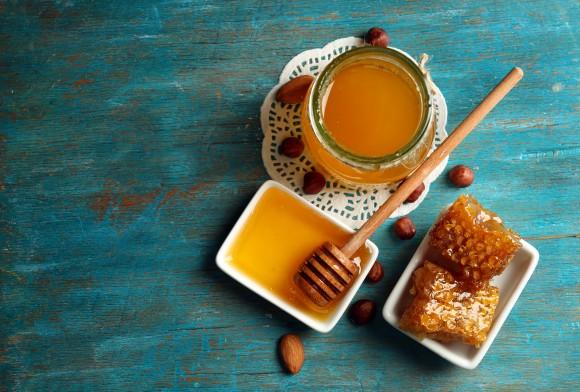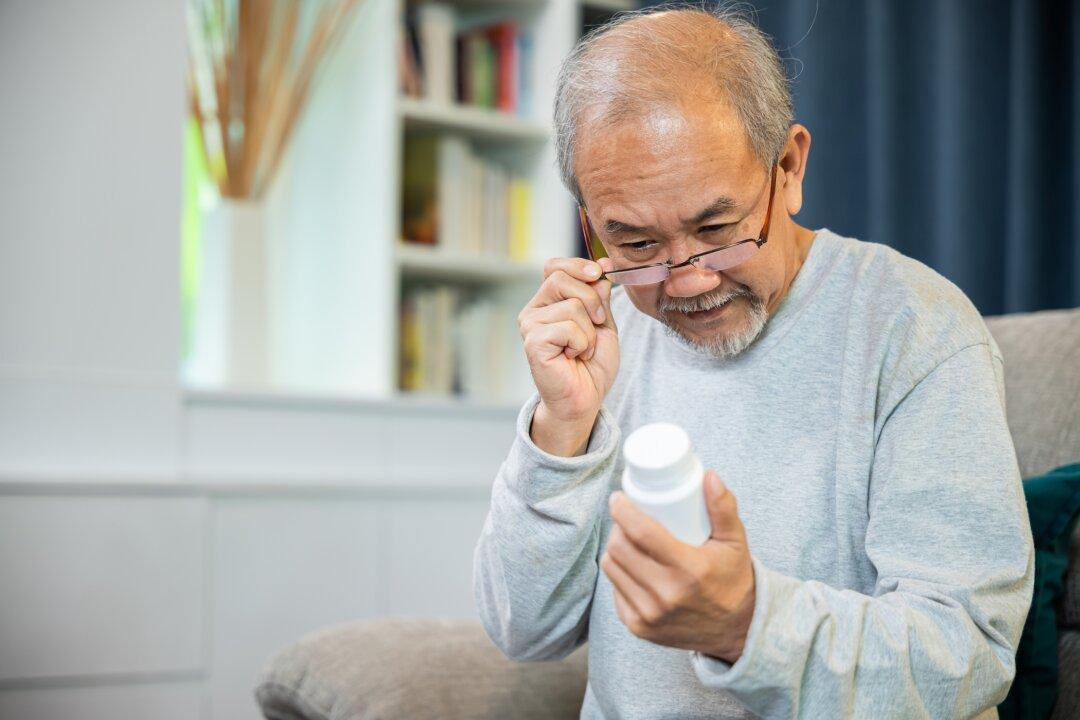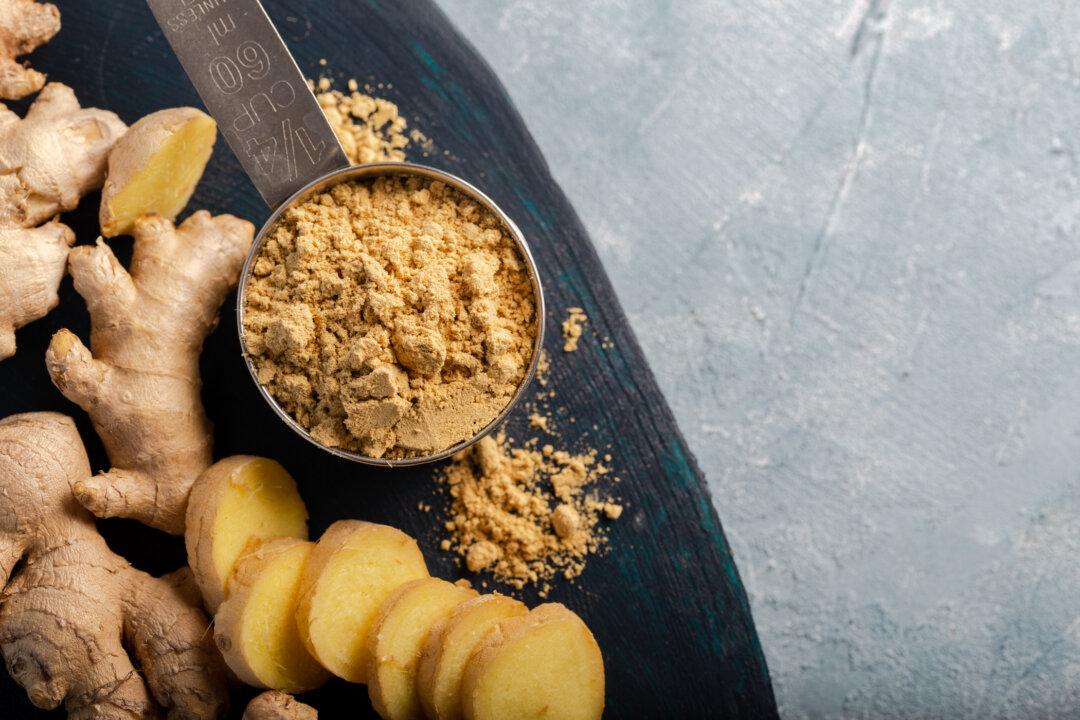Honey is appreciated the world over as one of nature’s most delicious foods, but did you know it may have potent anti-flu properties as well?
A study published in the Archives of Medical Research, titled “Anti-Influenza Viral Effects of Honey In Vitro: Potent High Activity of Manuka Honey,” reveals that honey may actually provide a natural drug alternative to anti-flu drugs, but without the notorious side effects associated with this drug class.
The study tested a commonly researched H1N1 influenza strain by infecting Madine-Darby canine kidney (MDCK) cells with the virus and then exposing them to various forms of honey, including manuka (L. scoparium), soba (buckwheat, F. esculentum), kanro (honeydew melon, C. melo var. inodorus), acacia (R. pseudoacacia), and renge (astragalus, A. sinicus).
Potent Anti-Viral Properties







